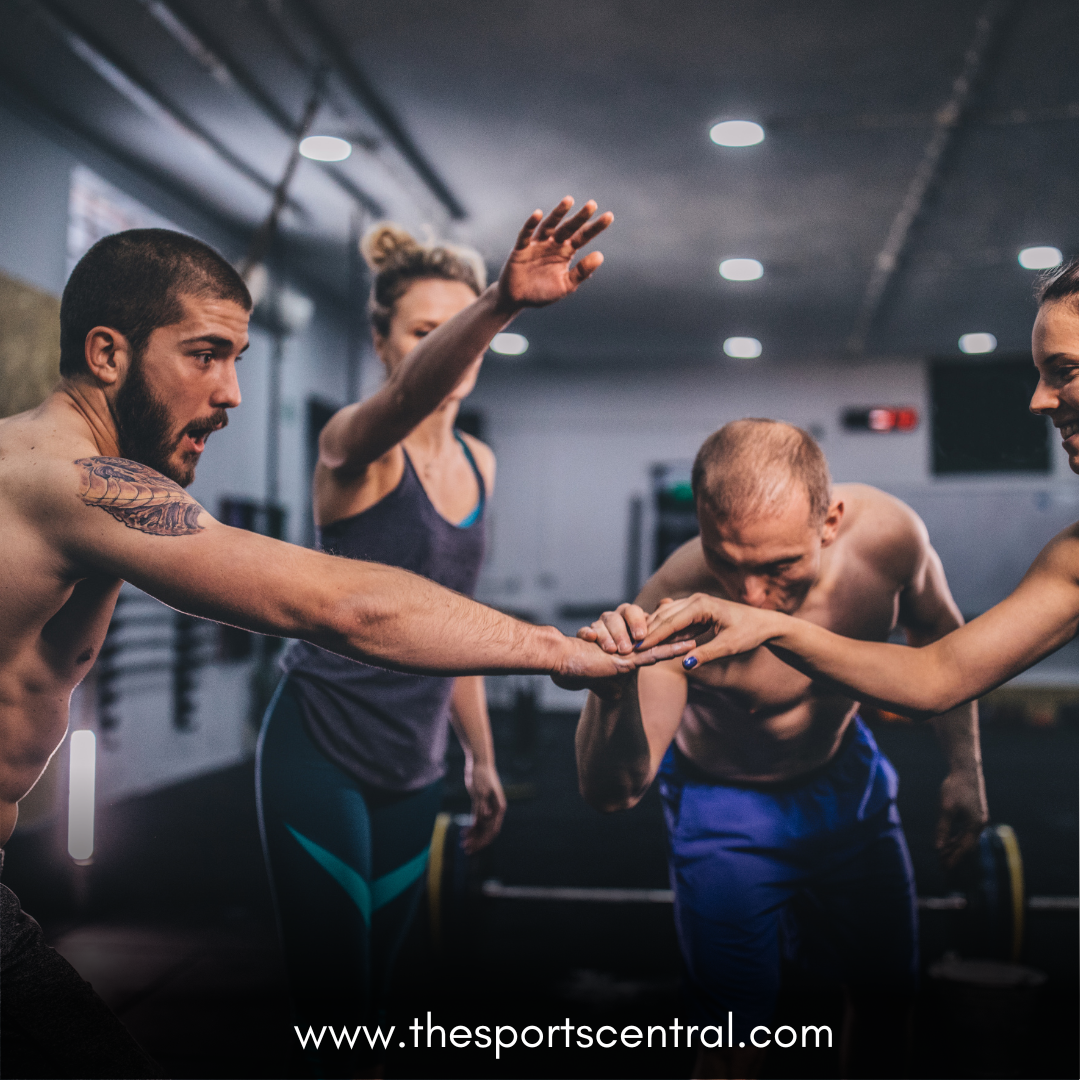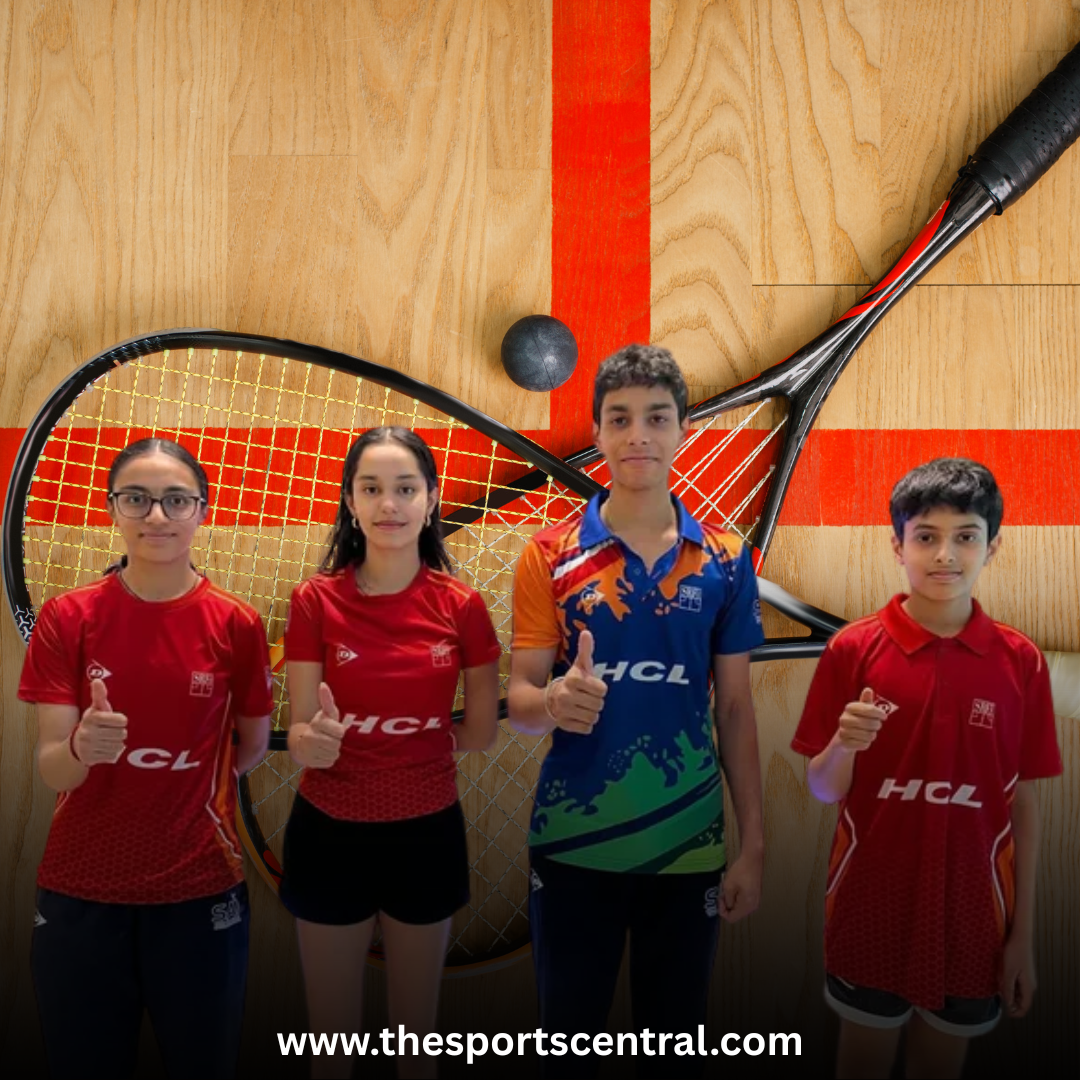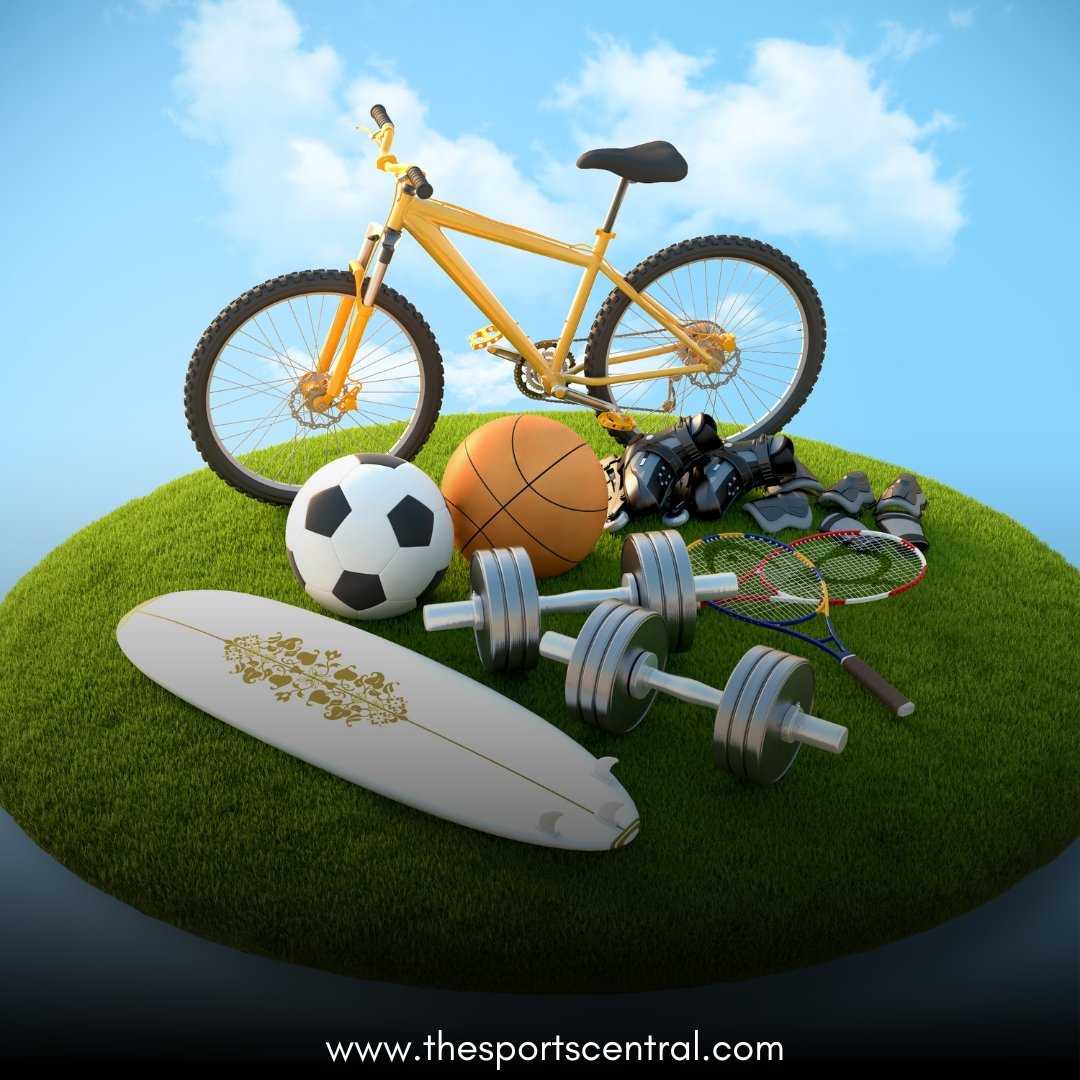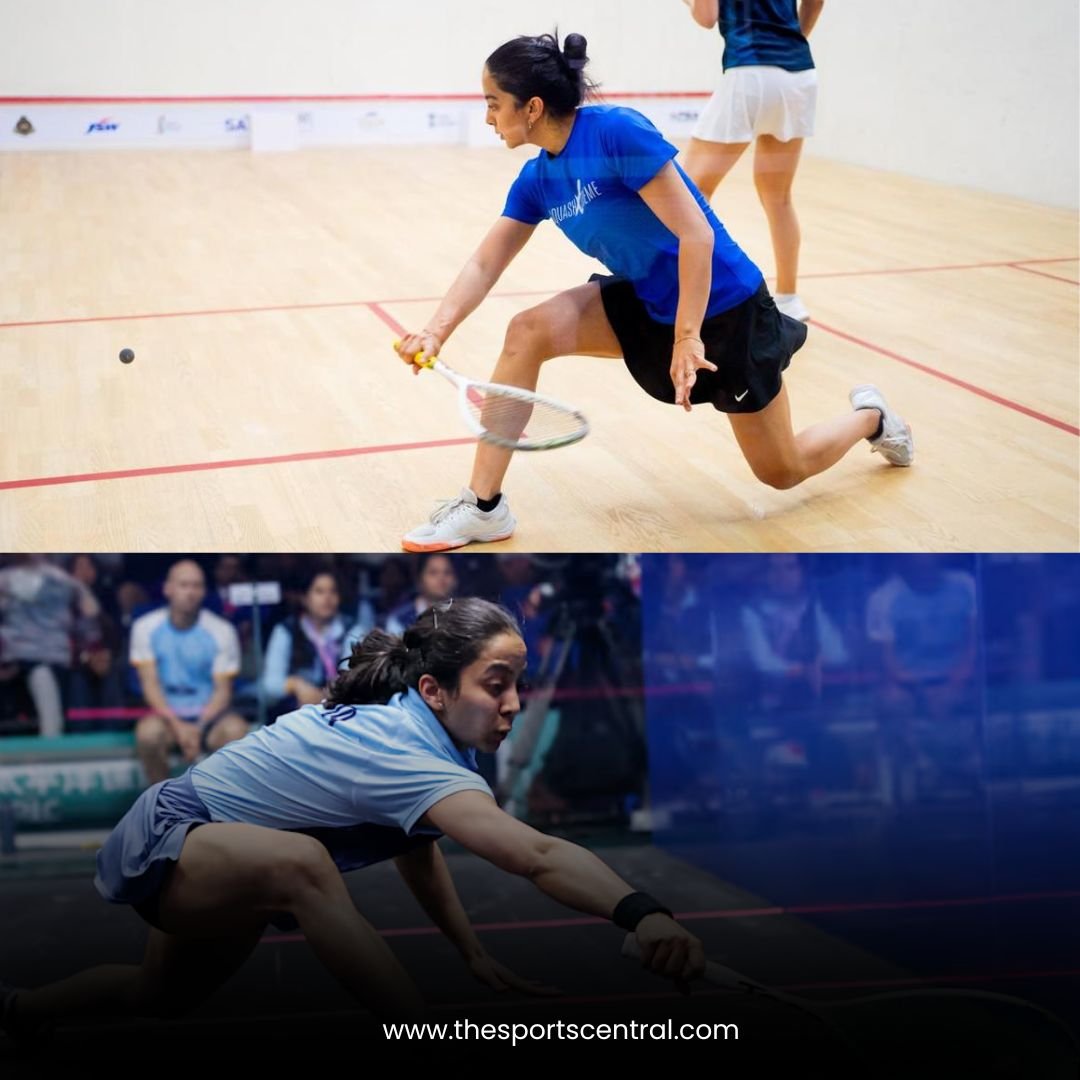The debate over whether modern athletes are superior to past legends is one of the most intriguing discussions in the world of sports. With advancements in training methods, sports science, nutrition, and technology, today’s athletes have access to resources their predecessors could only dream of. Yet, past legends are often revered for their natural talent, resilience, and ability to dominate their respective eras without modern-day advantages. So, are modern athletes truly better, or do past legends still hold an edge? This article explores various aspects of this debate, analyzing factors such as physical conditioning, technological advancements, skill levels, and mental toughness.
The Evolution of Athletic Performance
1. Advances in Training and Conditioning
Modern athletes benefit from highly specialized training regimens tailored to their specific sports. Strength and conditioning programs are scientifically designed to maximize endurance, agility, and power. In contrast, past athletes often relied on instinctive training methods, basic gym workouts, and natural ability.
For example, sprinters today use biomechanics and high-speed cameras to analyze their movements down to the millisecond. This allows them to refine their starts, optimize stride length, and reduce inefficiencies. Legends like Jesse Owens and Carl Lewis were dominant in their time, but they lacked access to such cutting-edge tools. However, despite these advancements, the sheer talent and competitive spirit of past athletes cannot be dismissed.
2. Improved Nutrition and Recovery Techniques
Sports nutrition has significantly evolved, with modern athletes following strict diet plans designed to enhance performance and recovery. Supplements, protein shakes, hydration protocols, and meal planning are now integral to an athlete’s regimen. Meanwhile, past legends often followed basic dietary habits without a deep scientific understanding of nutrition’s impact on performance.
Recovery techniques have also improved. Modern athletes use cryotherapy, hyperbaric chambers, and deep tissue massages to aid muscle recovery and prevent injuries. In contrast, past athletes relied on ice baths and rudimentary physiotherapy, making injury recovery a more prolonged and painful process.
Technology’s Role in Performance Enhancement
Technology plays a significant role in modern sports. From wearables that track performance metrics to AI-driven game analysis, today’s athletes have data-driven insights that give them a competitive edge. Equipment has also evolved—lighter and more aerodynamic shoes, high-performance swimwear, and advanced racquet materials have all contributed to breaking records and enhancing performance.
For example, in swimming, the introduction of high-tech swimsuits led to numerous records being shattered. However, governing bodies later restricted these suits, highlighting how technology can sometimes overshadow raw talent. If past legends had access to modern equipment, they too might have achieved even more remarkable feats.
Comparing Skill Levels
Skill in sports is not solely dependent on physical attributes; it also involves intelligence, decision-making, and technical ability. Some argue that modern athletes benefit from advanced coaching and game analysis, which enhances their tactical understanding of the sport. Others believe that past legends possessed a higher degree of innate skill and adaptability, thriving in less structured and more unpredictable environments.
In basketball, for example, players like Michael Jordan and Larry Bird displayed unparalleled skill without relying on analytics-driven strategies. While modern players like LeBron James and Stephen Curry are phenomenal, they benefit from advancements in training methodologies, video analysis, and sports science. Does this mean they are better, or just better prepared?
Mental Toughness and Competitive Edge
Another factor in this debate is mental toughness. Past athletes competed under harsher conditions, with less financial security and fewer safety measures. Many played through injuries, endured grueling travel schedules, and had limited access to sports psychologists. Their resilience and ability to perform under pressure made them icons of their respective eras.
Modern athletes, on the other hand, face immense media scrutiny, social media pressure, and expectations to maintain peak performance year-round. While they have better support systems, they also deal with higher levels of stress and public scrutiny. Mental toughness is difficult to quantify, but both past and modern athletes exhibit it in different ways.
Records and Statistical Comparisons
Statistics often favor modern athletes because records continue to be broken as training, technology, and science improve. In track and field, Usain Bolt shattered records set decades ago, but does that mean he is objectively better than sprinters from the past? Similarly, modern footballers score more goals due to changes in tactics, fitness levels, and sports medicine, making direct comparisons with past greats challenging.
Context is essential when comparing records. For example, older tennis players used wooden racquets, while today’s players use graphite and carbon fiber racquets that allow for greater speed and spin. Without accounting for such factors, record comparisons can be misleading.
The Role of Competition and Evolution of Sports
Sports have become more competitive, with global talent pools expanding. In the past, many sports were dominated by a few countries, but globalization has increased competition across the board. This means modern athletes often face tougher and more diverse competition compared to their predecessors.
Additionally, rule changes have affected how sports are played. In football, for instance, the back-pass rule, introduction of VAR, and tactical shifts have influenced the way the game is played. Comparing players from different eras requires acknowledging these changes in competition and playing conditions.
The Influence of Fame and Media Coverage
Media plays a crucial role in shaping how we perceive athletes. Past legends became iconic through newspaper headlines and limited television coverage. Their greatness was often romanticized, and their accomplishments stood the test of time through storytelling and word-of-mouth.
Modern athletes, however, live in the age of instant information, where every performance is analyzed in real-time. Social media amplifies their successes and failures, sometimes unfairly comparing them to past legends. The influence of media creates bias in favor of both modern athletes (due to immediate access to their achievements) and past athletes (due to nostalgic reverence).
Conclusion: Who Is Truly Better?
There is no definitive answer to whether modern athletes are better than past legends. While today’s athletes benefit from superior training, nutrition, and technology, past legends competed in more challenging conditions, displaying raw talent, resilience, and adaptability.
Ultimately, greatness is defined by an athlete’s dominance in their respective era. Comparing athletes from different generations should consider contextual factors such as advancements in sports science, changes in competition, and technological improvements. Instead of asking who is better, perhaps the focus should be on appreciating how both past and modern athletes have contributed to the evolution of sports, inspiring future generations to push the boundaries of human performance.










